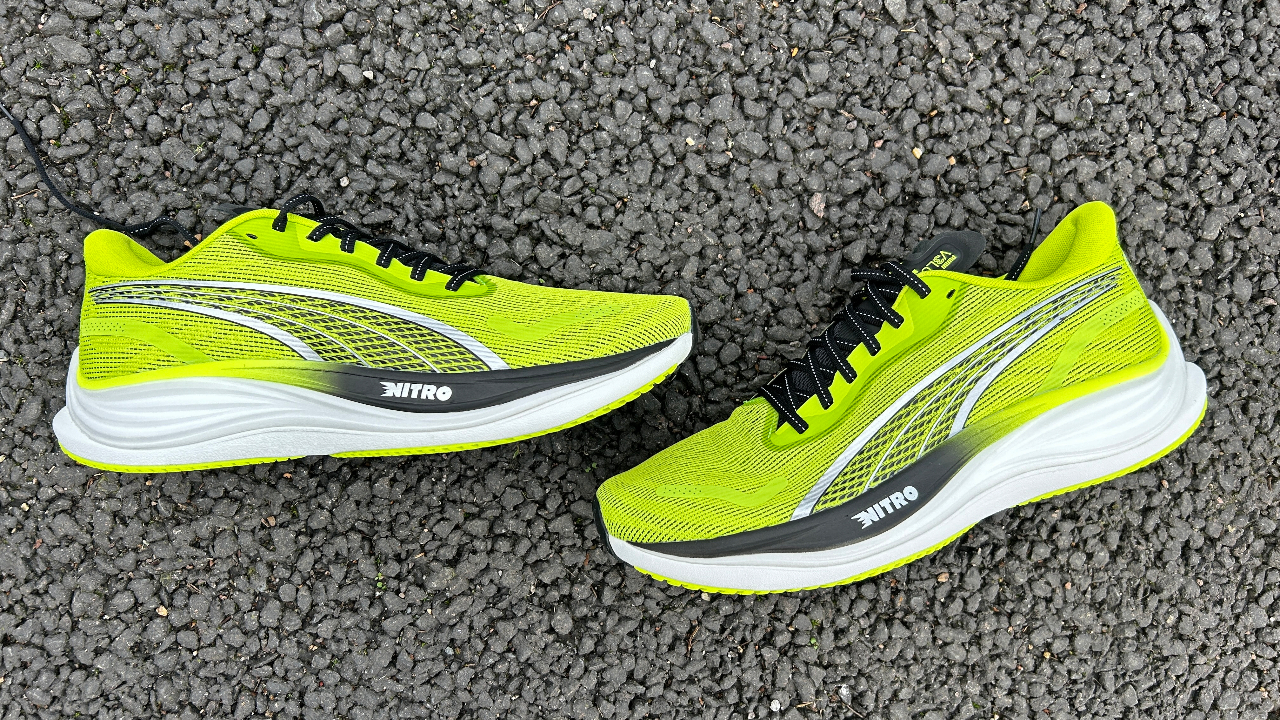
The Puma Velocity Nitro and Velocity Nitro 2 were among the best running shoes available, offering great bang for your buck as versatile daily trainers that cost less than most equivalents from other brands.
The shoes became fixtures in my running shoe rotation after I reviewed them, ahead of the more than 100 others I’ve tested since the Velocity Nitro came out. So I’m pleased that the Velocity Nitro 3 is an evolution of the 2, rather than something reimagined. It's an excellent shoe and easy to recommend to runners of all levels, though I wouldn’t shy away from grabbing a deal on the Velocity Nitro 2 instead if you see one.
Puma Velocity Nitro 3: Price And Availability
The Puma Velocity Nitro 3 launched in January 2023 and costs $130 in the US and £110 in the UK. That’s an increase on the Velocity Nitro 2, which is $120/£105, but the third version of the shoe is still cheaper than its rivals from other brands, such as the Nike Pegasus 40 and Adidas Supernova Rise.
How I Tested This Shoe
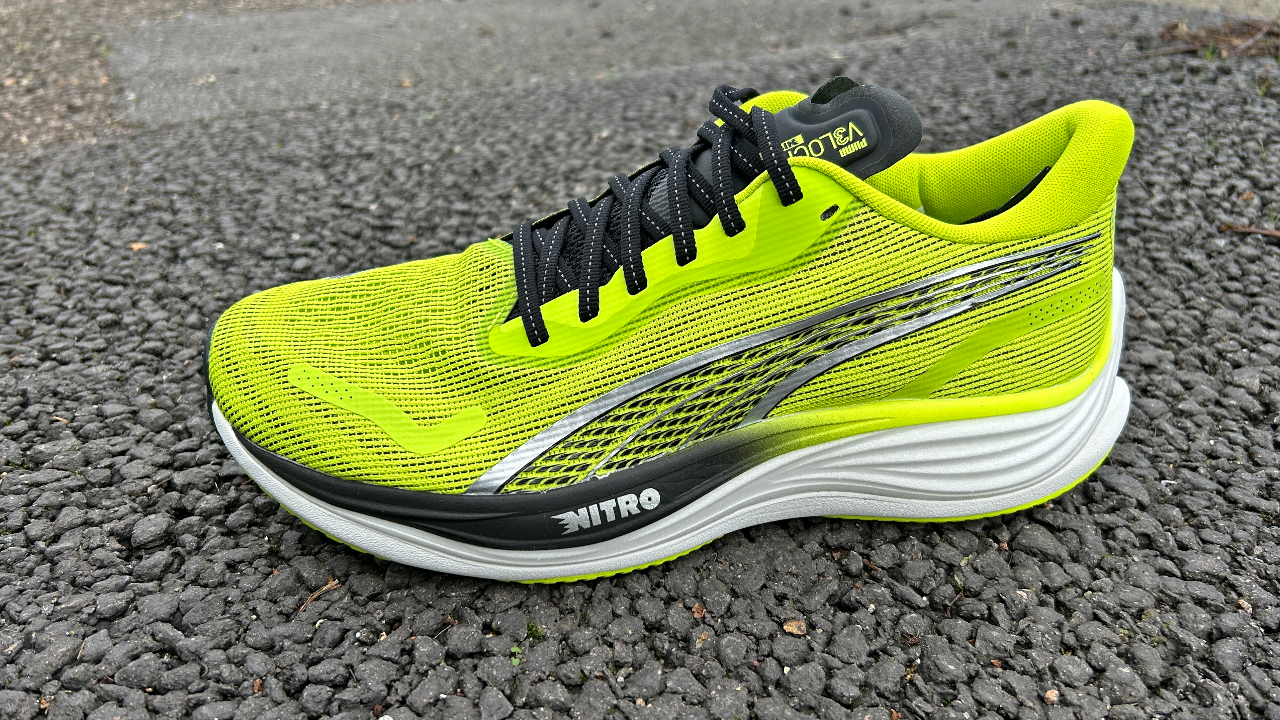
I’ve run just over 30 miles in the Velocity Nitro 3, using it for a range of training runs, including a 13-mile long run and also a progression run to check its performance at faster paces. I tested the Velocity Nitro and Velocity Nitro 2 extensively, and have tested a range of the best running shoes from other brands.
Design And Fit
The Velocity Nitro 3 is a neutral running shoe with a high level of cushioning: It’s 36mm high at the heel and 26mm high at the forefoot for a 10mm drop. This is a 2mm increase in stack height on the Velocity Nitro 2, though by current standards the Velocity Nitro 3 is not a max-cushioned shoe. Puma has the Magnify Nitro 2 in its line-up for those who want even more foam underfoot.
As with the previous models, the Velocity Nitro 3 has a dual-density midsole with a top layer of Puma's Nitro foam, which is a nitrogen-infused TPEE material and softer and bouncier than the ProFoam Lite EVA foam underneath it. With the extra stack height comes extra weight. The Velocity Nitro 3 weighs 10oz/283g in my UK size 9, which is a 0.5oz/12g increase on the Velocity Nitro 2, though it’s still a fairly lightweight shoe for its category, especially considering its thick outsole.
This outsole is made from Pumagrip rubber and provides outstanding traction on paved surfaces in all conditions, as well as being suitable for light trails. The outsole of the Velocity Nitro 3 is one of its best features and makes the shoe a practical option for winter training.
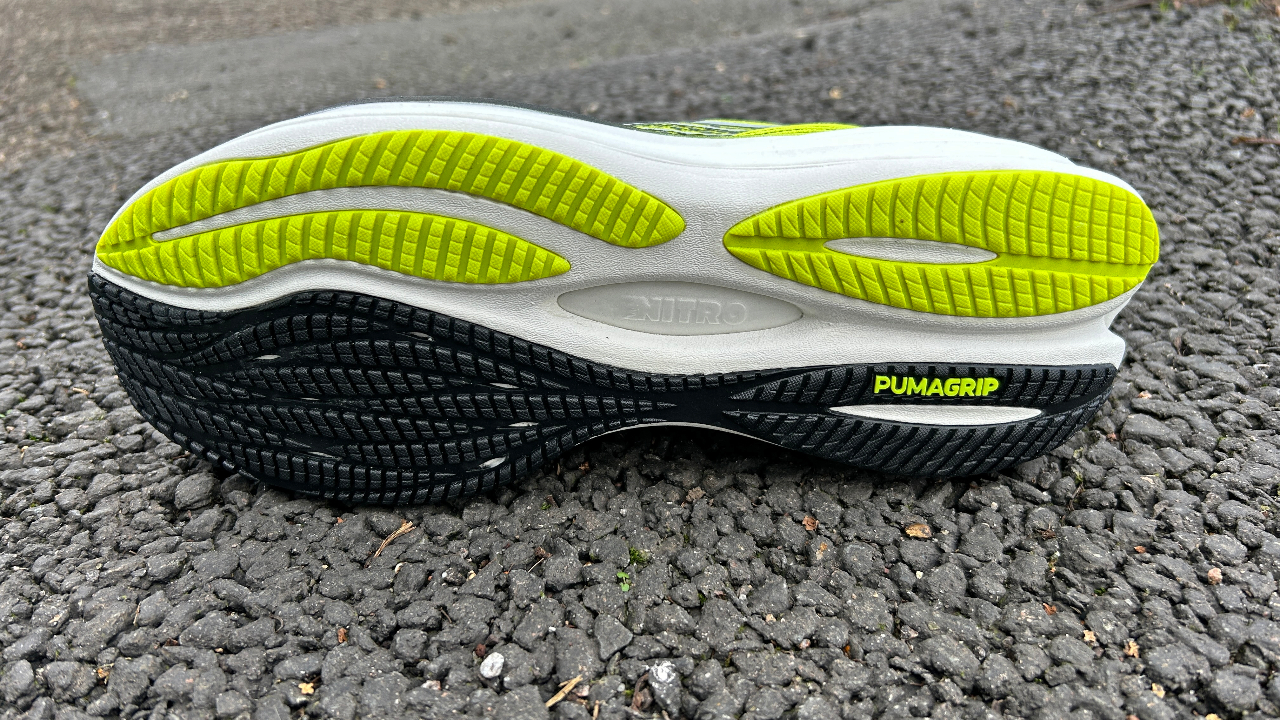
The shoe has a mesh upper with a lot of padding around the collar. The shape of this padding has been changed, compared with the Velocity Nitro 2 to hold the achilles more from the sides than the back. I found it made for a more comfortable fit around the heel. The shoe fitted well in my usual running shoe size, the same size I’ve used for all generations of the Velocity Nitro.
Puma has added strips of its PWRTAPE to the upper to add more structure and support. The upper is not the most breathable material and some runners have found the past versions of the shoe to be a bit warm when running in hot conditions. I haven’t had this problem with any edition of the shoe, but I don’t think the Velocity Nitro 3 is more breathable than its predecessors.
Running Performance
I used the Velocity Nitro 3 for my Sunday long run, logging a half marathon in just under 90 minutes. My main emotion on that first run was relief that Puma hadn’t made significant changes to one of my favorite running shoes. The Velocity Nitro 3 has the same fluid, comfortable ride as its predecessors, and it feels easy to tick over in the shoe at relaxed paces.
I also did a short run on the same day with the Velocity Nitro 2 on one foot and the 3 on the other. I didn’t notice a major difference in the ride feel of the shoes. The Velocity Nitro 3’s upper holds the foot a bit more securely, and the extra cushioning is welcome for long runs, but mostly the new shoe feels like the old shoe.
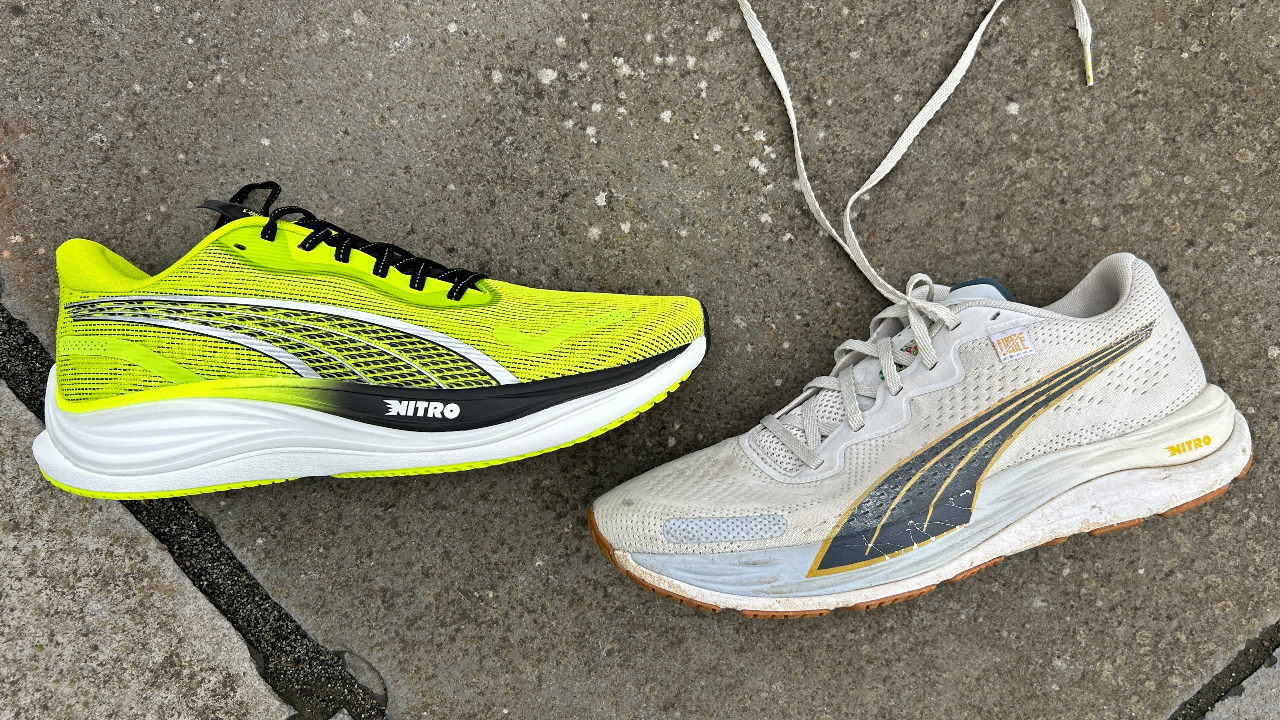
This means it remains a versatile shoe. The Velocity Nitro 3 doesn’t have any kind of plate—the Deviate Nitro 2 is the plated super-trainer in Puma’s range—but the dual-density midsole delivers a responsive ride for faster runs. It’s not one I’d use for all-out track sessions because it’s heavier and less aggressive than the shoes I use for those, but the Velocity Nitro 3 handles tempo runs and fartlek intervals. It would also be a good marathon running shoe for those who aren’t using a carbon plate running shoe.
The Pumagrip outsole remained as reliable as ever during my testing, which included runs on wet and slushy paved surfaces, as well as on a canal towpath and in my local forest. The Velocity Nitro 3 is pleasingly practical in this regard. There are daily trainers with more exciting rides and higher stacks of softer foams, but the Velocity Nitro 3 is a more reliable and stable option when I’m running on cambered paved surfaces or light trails just as much as flat asphalt. The grip is welcome during winter.
Is The Puma Velocity Nitro 3 Worth It?
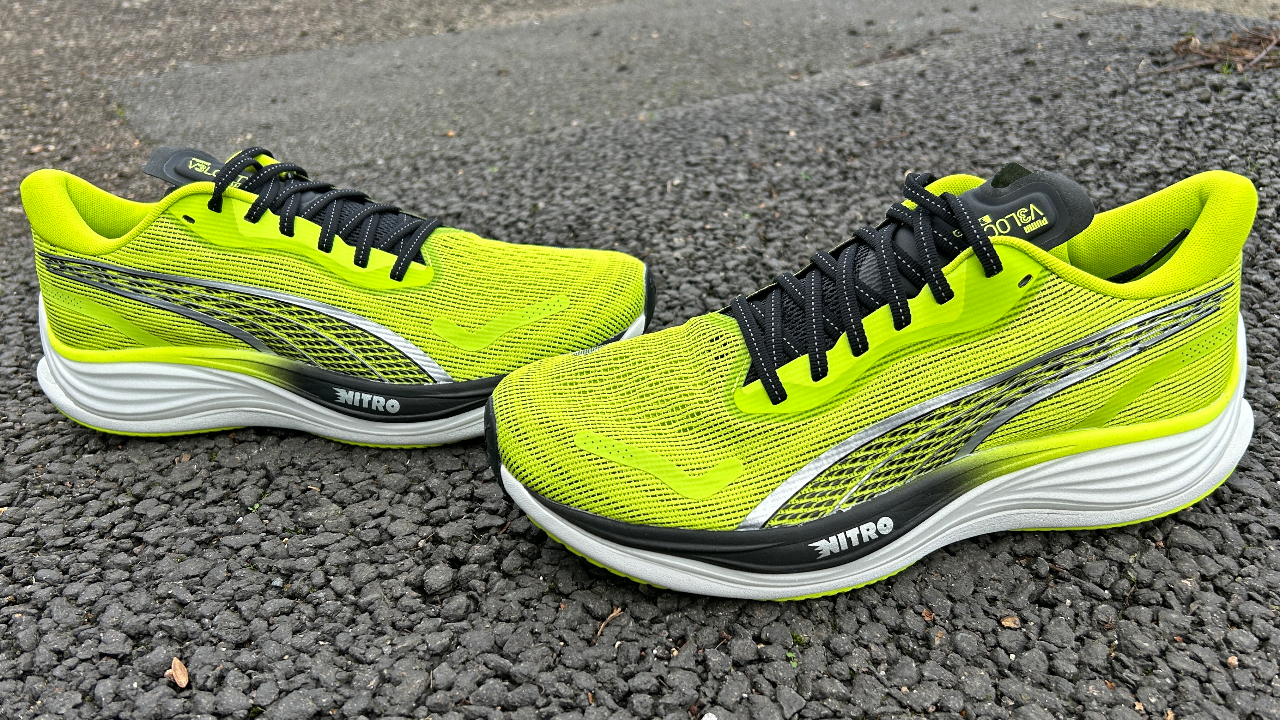
The Puma Velocity Nitro 3 is a good option for runners of all levels and worth its fairly modest price. I would pick it up to use as a cushioned daily trainer in my running shoe rotation, mainly using it for easy and long runs, but it has the versatility for faster runs too, and is a good all-rounder for those who use one pair of shoes at a time.
The Velocity Nitro 3 is not only cheaper than most similar shoes from other brands, like the Nike Pegasus 40, Adidas Supernova Rise and Saucony Ride 17, but also more enjoyable to use for a range of runs. Those are all good shoes, but I prefer the ride feel of the Velocity Nitro 3, and it also has a better outsole.
The Asics Novablast 4 provides sterner competition as a more cushioned and bouncy option that’s also lighter than the Velocity Nitro 3. The Novablast 4 is more expensive and its outsole is not as impressive, but it’s a solid alternative to the Velocity Nitro 3 if you want more cushioning underfoot.
The Velocity Nitro 3 is not a major upgrade on the Velocity Nitro 2, so if the older shoe is available at a lower price I’d get it instead to do the same job. The extra cushioning on the Velocity Nitro 3 is no bad thing, especially on longer runs, and may help the shoe retain more bounce over its lifespan, but I didn’t notice a big change to the ride of the shoe.







